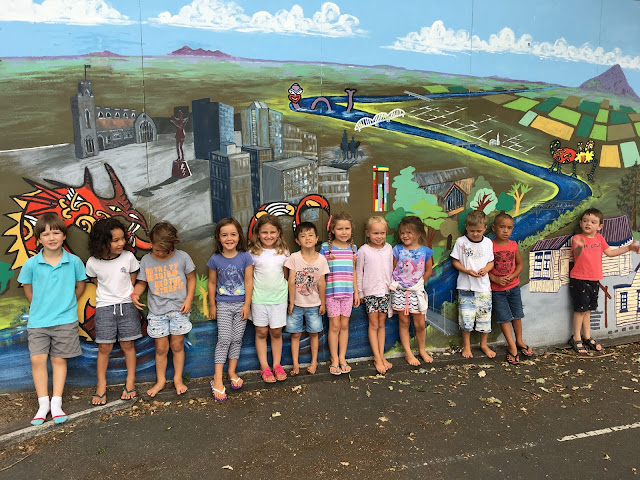Currently, on Monday mornings we are holding our Taakaro Time. Taakaro means 'to play' in te reo Maori.
Our hub, which is called the Kiwi Hub, and consists of Rooms 1, 2, 3, and 5, come to together for a play based learning time throughout Rooms 1, 2, and 3.
The children are able to play in any room. It is a chance to play with friends from other rooms, see what activities are available, and play with other equipment or resources that may not be in their own room.
This is a fun time, as well as a learning time, where children are engaged in learning conversations with teachers, and with their friends, problem-solving, being creative, building on social skills such as sharing and turn-taking, and making new friends.
We are engaged, respectful, literate, curious and connected learners.
Construction with loose parts - this an imaginary game with a very creative storyline - Mr Hoot Hoot goes on Holiday.
Construction develops spatial awareness.
It is common for children to build up as well as across.
More loose parts play. Loose parts are open ended which means the child can use these objects or parts in whichever way they want.
Patterning can be a feature of this type of play.
Felt boards allow children to construct their own stories.
Fantastic for developing and extending oral language.
Lego is very popular. Lego supports fine motor development and eye-hand coordination - both important for writing.
Dramatic or family play helps children make sense of their world.
Water play develops mathematical understanding such as measuring, estimating and volume.
It also develops eye-hand coordination, and where children learn to lift, pour and control the water.





























































